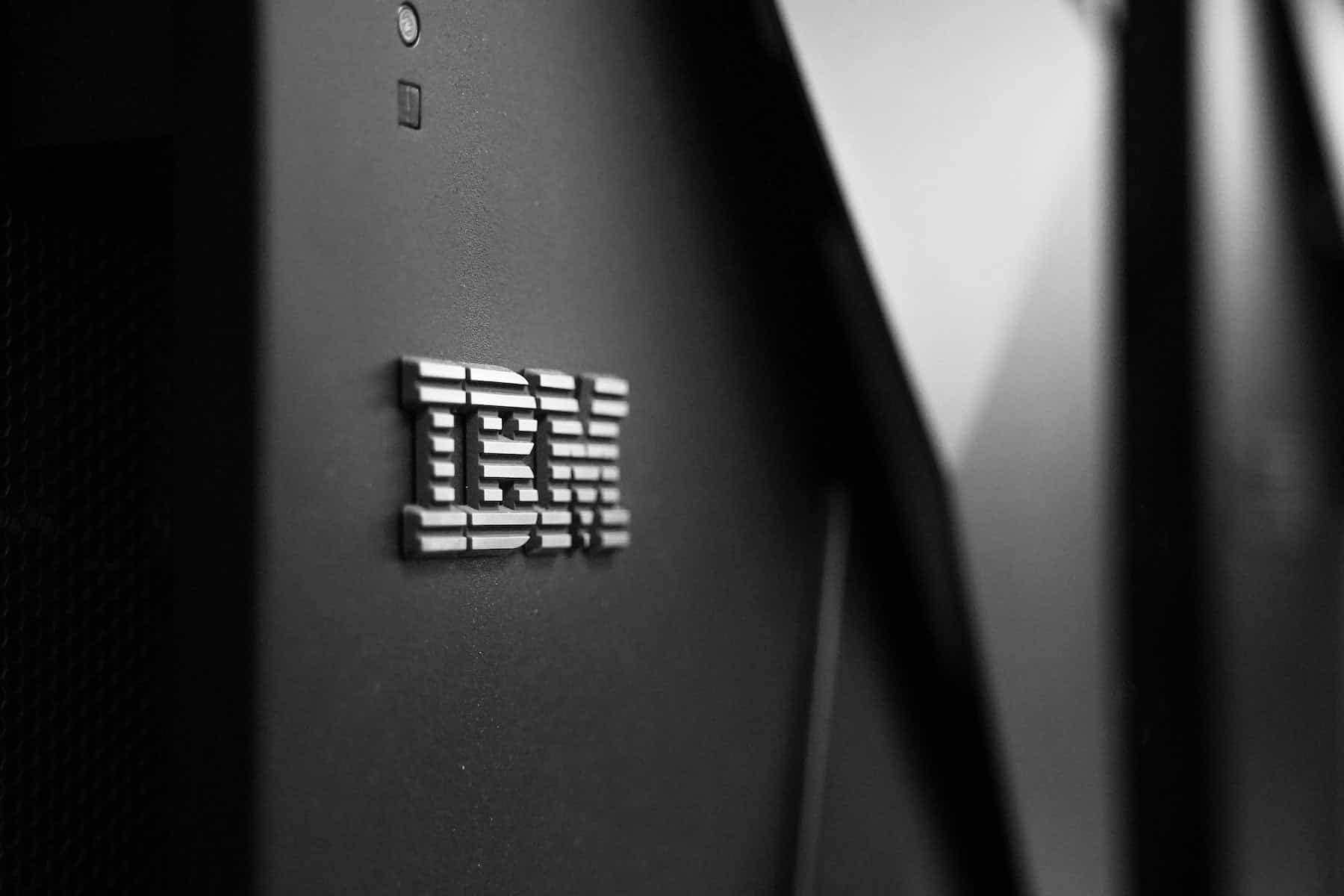In a context of profound technological transformation in the company, IBM has reaffirmed its commitment to accelerating the SaaS (Software as a Service) model as a fundamental pillar for the next generation of artificial intelligence applications. In the face of the rise of AI agents and speculation about their potential to replace SaaS models, IBM maintains a clear stance: SaaS is not only more relevant than ever, but its importance increases as the capabilities of AI and hybrid cloud infrastructure mature.
A Strategic Commitment to the Integration of Cloud, AI, and SaaS
According to Gartner’s forecasts, global spending on SaaS will reach $247 billion by 2024 and approach $300 billion by 2025. This trend reflects the growing demand for agile, scalable, and cost-effective solutions capable of accelerating business innovation. In this area, IBM aims to lead the change by integrating AI and hybrid cloud into a next-generation SaaS offering.
The strategic acquisitions of Apptio and HashiCorp, along with the leadership of Red Hat and watsonx, have allowed IBM to consolidate a SaaS platform ecosystem focused on automation, integration, and operational security in complex and heterogeneous environments. This strategy positions IBM to assist companies in building cloud-native applications that are future-ready and supported by advanced AI.
Advantages for Partners and Ecosystem
The incorporation of HashiCorp’s automation and security capabilities into IBM’s portfolio presents a unique opportunity for partners, allowing them to resell integrated products and offer hybrid infrastructure solutions without disruptions. Modernizing SaaS requires cloud infrastructure that operates across multiple environments, and in this area, HashiCorp provides distinct value.
Partners’ interest in HashiCorp solutions underscores the acceleration of the SaaS model and its role in innovation. IBM has recently launched an incentive program to increase partners’ revenues through the deployment and adoption of SaaS, aligned with the swift growth trend of the model within the ecosystem.
Examples such as SAP, which uses SaaS to provide AI-driven operational intelligence to its clients, or Rocket Software, which applies IBM watsonx in SaaS mode to scale productivity with generative AI, illustrate the real impact of this approach. IBM highlights that its SaaS portfolio experienced double-digit growth in 2024, outperforming traditional avenues.
SaaS and AI: The Future, Together
In the coming years, the combination of SaaS and generative AI will shape the future of digital transformation. It is estimated that by 2028, more than one billion cloud-native applications powered by AI will be created. IBM’s strategy, focused on vertical solutions, robust governance, and scalable security, prepares its offerings to meet this demand.
The integration of AI capabilities into IBM’s SaaS solutions is generating more value than ever, enabling its partners to respond to the growing need for automated and secure infrastructures for the next generation of applications.
Conclusion
IBM solidifies its position as a leader in developing the future of SaaS, betting on the convergence of artificial intelligence and hybrid cloud. The company, far from fearing the rise of AI agents, believes that SaaS and AI will grow together, redefining the business ecosystem and accelerating innovation across all sectors.
Source: IBM

